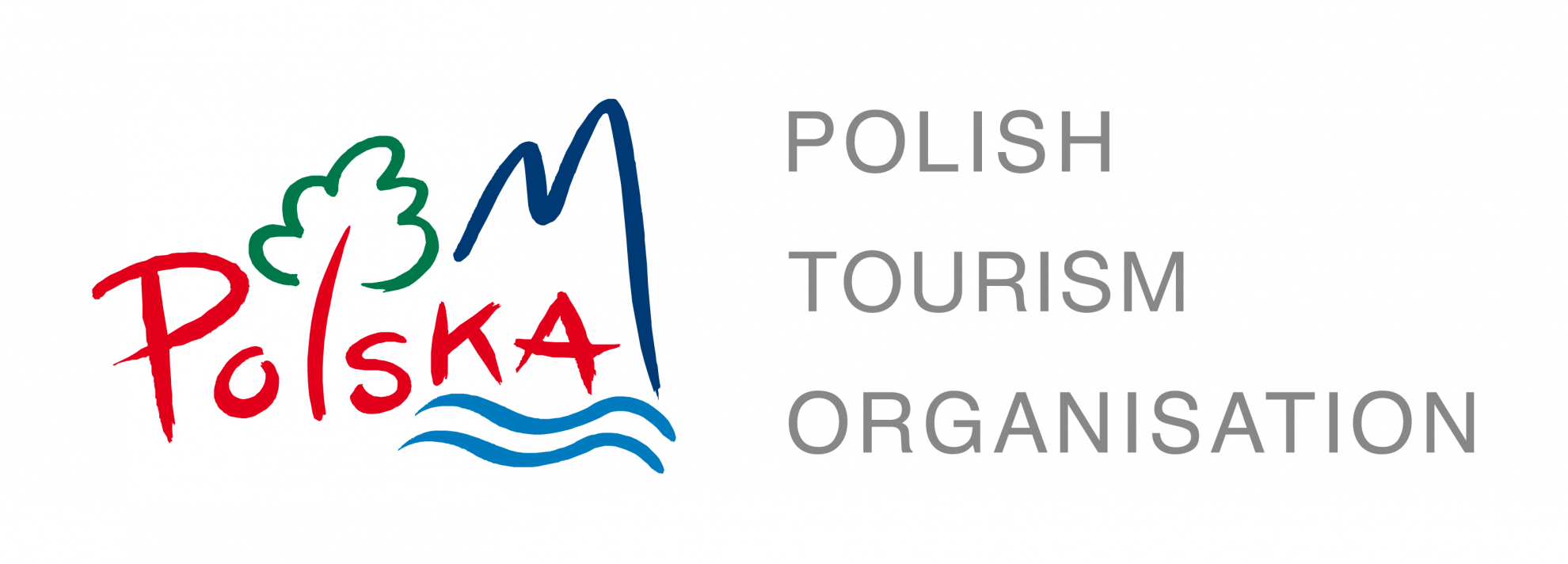A classicist church, built in the spirit of the Roman Pantheon. The opportunity to build this church was taken upon the Warsaw visit of Tsar Alexander I, king of the newly created Polish Kingdom.
A classicist church, built in 1818-1825 as a tribute to Tsar Alexander I, in the spirit of the Roman Pantheon. The opportunity to build this church and to give it St Alexander as the patron was taken upon the Warsaw visit of Tsar Alexander I, king of the newly created Polish Kingdom - originally the hope of freedom was linked to him very strongly. At first, there were plans to build a triumphal gate in his honour, but the Tsar suggested that instead the church could be built in the spot. The parish priest, an outstanding figure of the time, Father Piarist, was the founder of the Institute for the Deaf (the seat of the Institute is located near the church to this day). In the church rectory, on the nights of January 16th and 17th, 1863, the national activists' committee meetings were held, during which the time of the Uprising was set (for the 22nd and 23rd of January 1863), and orders were issued to commanders in the field. This event went down in history as the January Uprising. After the fall of the uprising, the priests and the parish were punished for their role.
At the end of the 19th century, the temple was too small for the needs of the parish, and so it was developed according to the design of prominent architect Józef Pius Dziekoński. This was the winning design of a competition, which was a major artistic event in the capital; it was thanks to this design that the church gained its impressive towers. During the Warsaw Uprising in 1944 the church was considerably damaged. The surviving lower part of the church had been given to the parishioners in the winter of 1945, to act as shelter and protection. In the 1950s, it was decided to rebuild the church, in the spirit of its original design. In front of the church a spacious terrace was created, built a few degrees above the sidewalk. This terrace covers the lower church and its entrances from Ujazdowskie Avenue. In front of the church there are two granite obelisks, crowned with crosses and a stone statue of St. John of Nepomuk, who also holds a cross; they were erected in these spots much earlier than the construction of the church. It is from these crosses that the square's name derives: it was previously called the Crossroads of Golden Crosses.


 位置图:
位置图:



